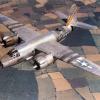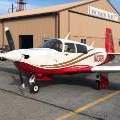Leaderboard
Popular Content
Showing content with the highest reputation on 10/17/2022 in all areas
-
I'd suggest not lifting a finger to help these plaintiffs lawyers at least until there is an NTSB report firmly implicating a spark plug failure. Those vultures latch on to anything that might have happened that could be traced to a manufacturer of in order to leverage a windfall settlement, and they succeed far too often based on the most tenuous evidence. They do little to serve justice but are a major contributor to our operating costs.9 points
-
Matt you are the winner. Took them both back apart and you are correct the spring washer has no spring left and broke in half in my fingers. Thanks for that. Now I have to find where to source that little spring washer. I am surprised that it didn't come in the rebuild kit. Thanks for you input.5 points
-
I tried a little experiment today with my IO-360-A3B6 in a M20J with 20 deg BTDC timing. Full power run up at sea level. Leaned mixture to peak EGT which was at about 12.5 gph. The engine ran smoothly with no apparent detonation. I didn't stay there long because the CHTs started to rise after about 30 seconds (there is poor cooling when the airplane isn't moving) but they did not rise rapidly. I've seen rapid rising CHTs when I had a preignition event caused by a faulty spark plug, so I know what that looks like. Skip5 points
-
4 points
-
So, given this scenario, is the accident a fault of training or lack thereof? I stupidly took off on a single mag in a C-152 in Tx in above 100F heat, it took me a minute or two after takeoff to figure it out and maybe another minute while I thought about should I touch the mag switch or leave it alone, airplane could barely climb, but it flew with four dead plugs. I can’t image one plug even being detectable without an engine monitor and a scan by the pilot, much less being the cause of a crash. I’ve seen four cylinder engines completely lose compression in one cylinder, only running on three fly to an airport and make a safe landing. This is a lawyer finding something to sue over, nothing more. They could care less about if it was the cause of the crash or not, they are looking for settlement money. Remember some sports guy that flew a Cirrus into a building in New York with a CFI? Hartzell was sure in that case because their propellor “pulled” the aircraft into the building, can you imagine a more frivolous lawsuit? This is what’s driving the cost of flying to be unaffordable3 points
-
This is such a funny thread. Unleaded auto fuel has been gone since 1986. Having done exactly zero about it in the interim, we whine like jet engines about being forced to fit into the rest of the world.3 points
-
Just dropped a flying video on YT of visiting the Space and Rocket Center in Huntsville, hope you like it!3 points
-
Sausage @FlyTester is so well situated you can only see the tip of the VS and nose3 points
-
The old master cylinders can be really tricky. There is a thin metal washer/spring that develops cracks and looses tension. I rebuilt mine 2x prior to finding the crack. You cant even see it until some one tell’s you “I bet your spring is cracked.” I would be highly surprised if a shop found the issue. This gentleman listed below was a pleasure to work with and sells rebuilt master cylinders with new washers and orings. Bill Goerschel is his name. +1 (507) 581-9761 carolannegoetschel@yahoo.com -Matt3 points
-
3 points
-
Disagree with the premise of the first paragraph agree with the rest. Yes dual ignition is there for redundancy, but a side effect of that is more rapid combustion as two flame fronts are propagating across what is a large diameter combustion chamber by internal combustion engine standards. A single failure under most circumstances is minor. Nevertheless, a single ignition failure in and of it self will reduce the speed of combustion on the affected cylinder[s], less of the combustion event will occur at the ideal crank angle reducing power on the affected cylinder[s] and causing the EGT rise as combustion that should be used for power is now burning in he exhaust. Now add an overly rich mixture which is also delaying the development of combustion event. Now add a high DA and you have a recipe for a lousy running engine at a time when the plane needs all the engine power available. A 75hr pilot has no business operating out of Tahoe unless they were trained there and fully understand the limitations. This was a pilot operating on the ragged edge of both his and his airplanes capabilities. In my opinion he was one link away from an accident before he got into the airplane that morning. Suing Tempest is like the estate of a newly minted twin pilot trying to sue an engine manufacture because of a VMC rollover.2 points
-
Full report blames the pilot on improper leaning; over rich. Not only were plugs fouled but exhaust valves 3 and 4 weren't seating from carbon buildup resulting in loss of compression. This all didn't happen in the short flight that day but was building up over time. Overhauled cylinders, if not engine, with only 26 hrs. I am sure curious what kind of runup was done and what the pilot observed during it. Yet understand a 75 hour pilot was not well equipped to perhaps notice he had an issue; especially if he had gotten accustomed to less than satisfactory performance. Report_WPR20LA212_101564_10_17_2022 11_39_01 AM.pdf2 points
-
See if @Raptor05121 Is around… Hours spent flying survey… gets you to the next level…. Kind of looks like Brand C during mating season…. Best regards, -a-2 points
-
2 points
-
Count down. To be fair, it's not a common problem. My shop does not have another example. However, the problem is not isolated as seen above. Any brand is going to have its querks. I'd still bet on Garmin over the others.2 points
-
No, not even a little bit. Graduated from West Point, did more crazy stuff as an Infantry Officer than you can imagine (along with memories I wouldn’t trade). But the bonus is that I now have the job most of your flying buddies wanted: seriously well-paid airline captain with more days off than I know what to do with.2 points
-
2 points
-
Unfortunately you just gave Pinecone another opportunity to remind all of us that he flew jets in the military.2 points
-
1 point
-
If they were chrome, there should be an orange stripe painted on them. Usually the cooling fins. By oily cylinders, I mean inside. You need to get a borescope in there and look for oil pooling and or missing/scraped crosshatch. Probably do a compression check while you’re there as that would identify an issue with a stuck ring or something similar.1 point
-
Yes, purchase 99% nickel from eBay or metal supply near you and white vinegar to make nickel acetate. It’s all over U-tube how the process works. Key is clean and oil free. So far I’ve done handles, door limit parts and heated pitot tube with great success. It’s my new satisfying thing to do while working on a complete repaint. I think it’s what others may want also. The only part using somewhat dangerous acid would be hydrochloric acid for removing existing chrome.1 point
-
After you jack your plane up then place 32'' saw horses under the main spar 24'' outboard of the mains.1 point
-
You are going to want to put a solid lubricant on that before you go any further.1 point
-
You need 11 of these for the complete job, 4 on each main and 3 on the nose gear: https://www.aircraftspruce.com/catalog/lgpages/lord-m20-mooney.php1 point
-
I’m in 90% agreement, but I think there’s only 1 actual drain from the mechanical fuel pump. You’re right that it will leak either fluid depending on which diaphragm is leaking. The other drain tube commonly attached to or next to that as it exits the cowl is the sniffle valve drain which will occasionally leak a few drips of fuel after shutdown. I definitely agree that he should make sure it’s coming from the breather and not the fuel pump drain as it can be hard to tell since they are close to each other. common things that make oil come out the breather… over fill oil (sounds like you knew and didn’t do this), blowby from a leaking cylinder (bad rings, crosshatching worn, etc)which pressurizes your case and pushes out oily air. Compression may still be good due to oil sealing the worn cylinder at the pressure of the air test but not during combustion. Are any cylinders oily? What type of cylinders? Chrome are known for this, but not many have chrome anymore…1 point
-
Attorneys in such suits are working for their client and so will only be interested in supporting facts that help their side of the case. As such it can be very frustrating, unproductive, whatever you want to call it to participate, even if you tend to agree with their position. If you don't agree, then there's no point to responding.1 point
-
The jacks you have are probably rebuildable. Usually it's just replacing some o-rings inside to rehab them.1 point
-
Losing one out of eight plugs would not make any noticeable difference in performance. The second plug in each cylinder is for redundancy. You would see a slight rise in EGT on the affected cylinder, if the plug actually stopped firing. In most cases the engine will run fine after losing the center electrode tip, because the magneto produces sufficient energy to jump the larger gap. However, the plugs shown appear to have been oil fouled for some time. Note the wet, black oil, and the carbon underneath it. This cylinder has been pumping oil for many hours. The problems with #4 cylinder didn't suddenly occur on takeoff, they likely existed for some time, but didn't get anyone's attention. Until a combination of density altitude and failure to lean for the conditions caused the loss of the second plug due to debris bridging the gap of the top plug. At his departure time of 3 pm on July 7, 2020, the temperature was 92 degrees at the airport, which has an elevation of 6269 feet. I don't know what the altimeter setting was, but odds are the density altitude was 9000 feet or greater. This is just another case of ambulance chasers seeking to pin the blame on someone with money, rather than the pilot who must have ignored prior warning signs that cylinder 4 wasn't right. And flew that plane into an airport under conditions that would test its capabilities on the best of days.1 point
-
How does a single spark plug bring down an airplane? It is a C-172 at TVL. Elevation 6262' in July at 1500 LT. I don't even have to do a DA calculation to tell you that is a marginal situation......at best. Bird poop on the air cleaner could bring it down. So much so most the flying clubs I encountered when I lived in SJC would not allow 172's into TVL. Had to have a 182 or larger.1 point
-
1 point
-
The only thing from preventing us from burning G100UL tomorrow is inertia. Any refinery should be able to produce it now. It is commonly made components that need to be mixed in the proper proportions. Not rocket science.1 point
-
I don’t think that is at all what’s happening. I think the major concern is that now that we “have” an approved substitute, 100LL will be regulated into scarcity before the approved substitute is readily available. It is indeed true that TEL is an organic toxin. It’s also likely true that lead aircraft emissions post almost no threat to the communities surrounding airports. I’m open to any real data, but I’ve yet to see any presented. This doesn’t mean that lead isn’t hazardous or that the goal of eliminating it from the fuel supply isn’t a virtuous pursuit. Regardless of how one feels about the threat of lead, people are right to be concerned that the rhetoric around banishing 100LL is escalating while there is no clear roadmap to get the substitute from approval to distribution.1 point
-
I think this is to a very great extent what’s wrong with education today, plus the participation trophies etc. “Everybody is a Winner” Uh, no they aren’t and realizing that’s isn’t a shame, it’s accepting reality. Some things I suck at, realizing that early in life I think was important, allowed me to concentrate on the things I didn’t suck at, and people need to be challenged and just being honest putting a smart kid in a class of kids that aren’t and teaching to the lowest level does nothing but tear the whole class down to the dumbest student. I grew up in a society that would I think be considered abuse and criminal today, but that was only 50ish years ago, and 50 years is a blink of the eye time wise for a society.1 point
-
1 point
-
That is an experiment best conducted using the richest cylinder as a reference.1 point
-
Manifold leaks matter after the fuel metering device (servo, carburetor), because any additional air that comes in will be unmetered and lean the mixture more to potentially one cylinder or so than the rest (depending on the location of the leak). The amount of air leaking will be less on a naturally aspirated engine because at WOT the difference in pressure from outside the manifold to inside will be less, so there will be less pressure differential driving the leak. On a turbocharged aircraft the leak will be from the manifold out to the outside world, so it'll potentially richen the mixture at one cylinder rather than another as well as potentially limiting boost.1 point
-
By itself, no, but combined with a slightly low fuel flow, the need for higher than normal flow (Power Flow exhaust), some other unknown factors I think that potential is there. You’d think something relatively minor would not cause something like this. Why aren’t other engines doing the same thing? I don’t have an answer. I did have an IO360 with 10:1 pistons and would detonate sometimes when timed at 25* but never when timing was set to 23*. All the fixes listed may or may not take care of the problem. I would also have a shop inspect both mags. At least 4 plugs need replacing, I would replace all 8.1 point
-
Doing so will keep you from ignoring the voice, as it will only speak when the gear is down.1 point
-
The Russian helicopters do have ejection seats. They have explosive disconnects on the blades, so they depart, then you eject. Like the canopy on a fixed wing, except in most cases you can safely eject through the canopy. Not so safe with blades still attached.1 point
-
Bob posted quite a few albums on MS, although some of the photos are now missing. https://mooneyspace.com/profile/8913-bob_belville/content/?type=gallery_album_item&change_section=11 point
-
Well, the two probes are both installed side by side in the pilot side naca duct. I recall years ago, I had fiddled with the jpi oat temp offset a little. I never touched the G5 OAT settings. Seems like I remember atis was reporting 32degrees one day, so I adjusted the jpi to match. Maybe that is why they are a bit off…. As winter comes, I’ll monitor atis and awos temps to see how close my indications are on each unit.1 point
-
1 point
-
All I heard was they are all still all working on a Boeing certification issue that either gets solved by the end of the year or it gets dropped. Then more agent will be available to look at other projects, And my comments were about the Dynon A/P and not TT/BK for which I may have jumped the gun on this particular thread. Like I said rumors nothing as solid evidence. Just passing along what I heard. Sorry if it confused anyone My personal opinion on the TT/BK issue? I think its all internal with BK and Duncan1 point
-
Here's the non-beta version - maybe this will work: https://apps.savvyaviation.com/my-flights/36423/336a77a8-b519-46e4-8a28-f01dac9058731 point
-
Was the EGT normal before going to high power? if not it won't be a probe issue. More likely it could be an ignition or mixture in the form of partially blocked injector. But can eliminate either on picture. Share your data from Savvy here. But since you say normal CHT, a blocked injector would raise CHT while ignition would lower CHT.1 point
-
Personally, I would take a Vulcan any day. Sent from my iPhone using Tapatalk Pro1 point
-
We normally fly from Oregon to SoCal, and my partner HATES using the pee bag in the plane. However, after one time stopping in Fresno for a bathroom break (where it happened to be about 100F that day), she realized it adds up to an hour of travel time. Now she reminds me to make sure we have extra pee bags so that we don't have to stop. The irony, of course, is that's it's a lot easier for a gal then a guy to take care of business while sitting in a plane. Landing with a full bladder is probably the other technique to shave off travel time, since you would taxi to the ramp at 100 knots if you could That'd save at least a couple minutes!1 point
-
Monroy tanks and a piss bag. When you skip a fuel stop, you end up saving 30-60 minutes which is comparable to gaining 10-20 knots in time to destination on a 1000nm flight.1 point
-
THIS ^^^^ is what I did. I bought the Alpha clamp kit (which was a TOTAL, and COMPLETE, PITA to install) from Spruce, and the complete seat belt/harness from Hooker. (My wife actually DEMANDED I remove the sewn on labels, however)1 point





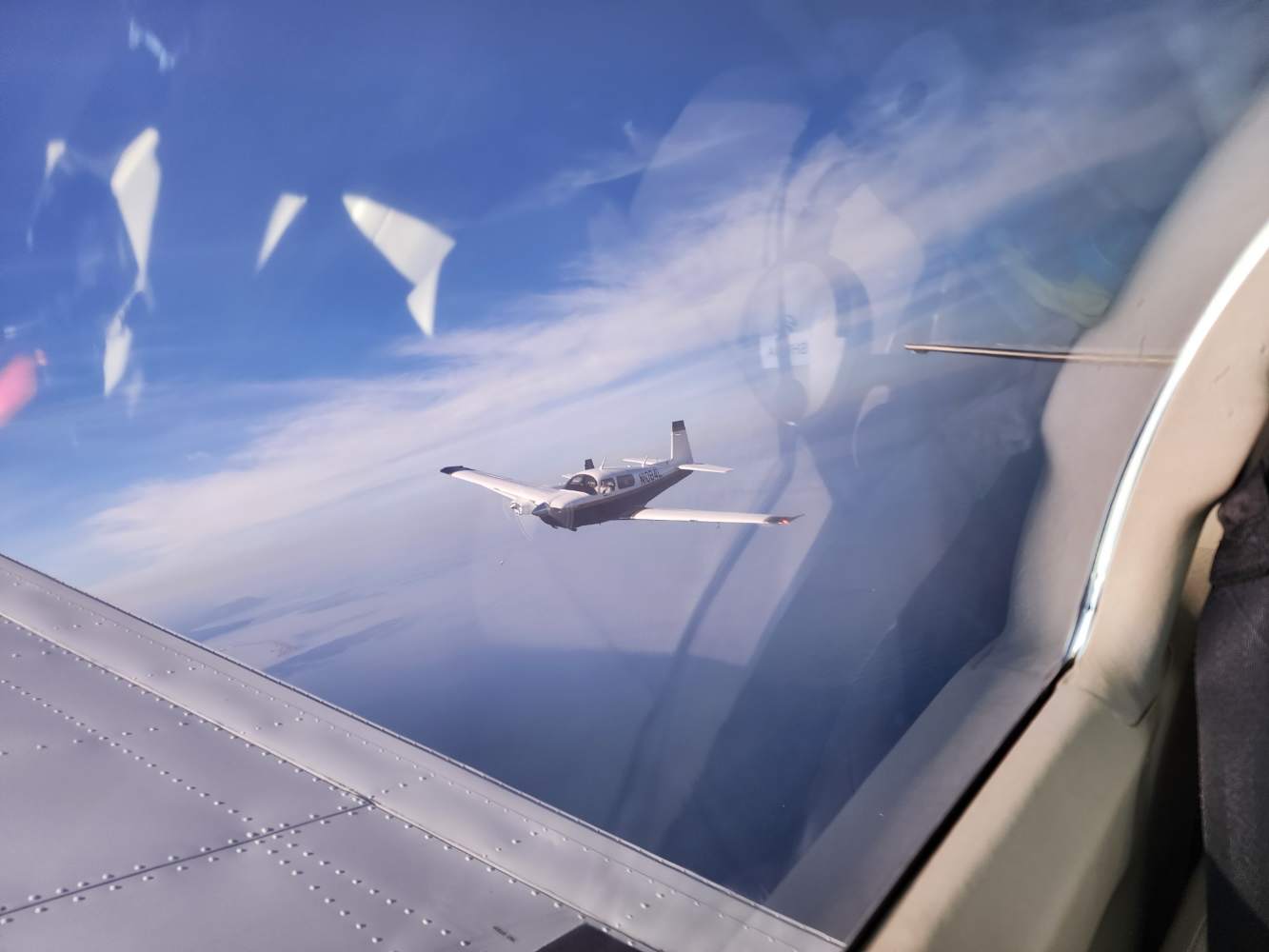
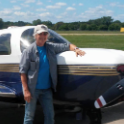
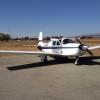




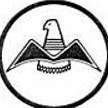

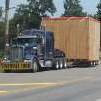


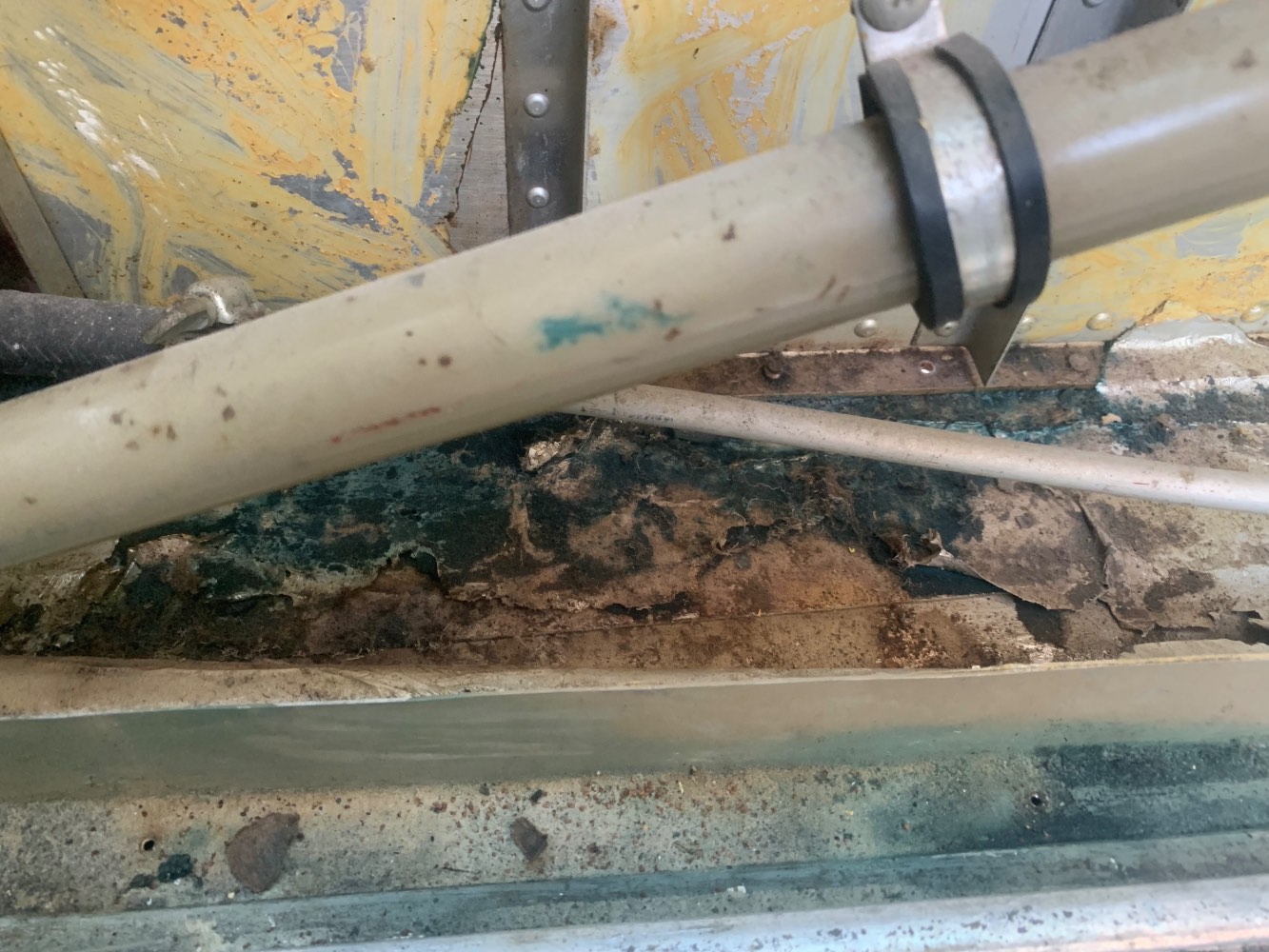
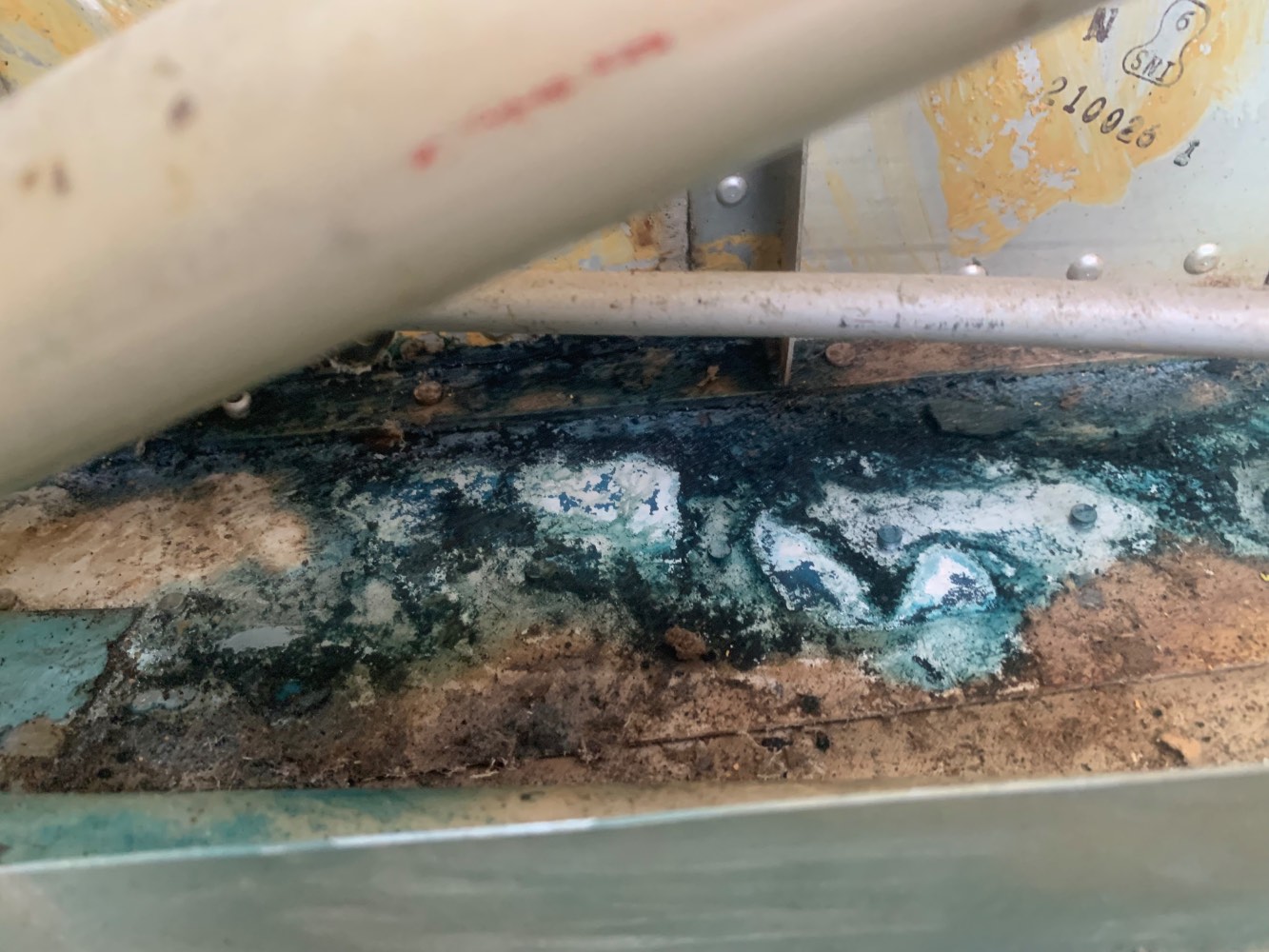



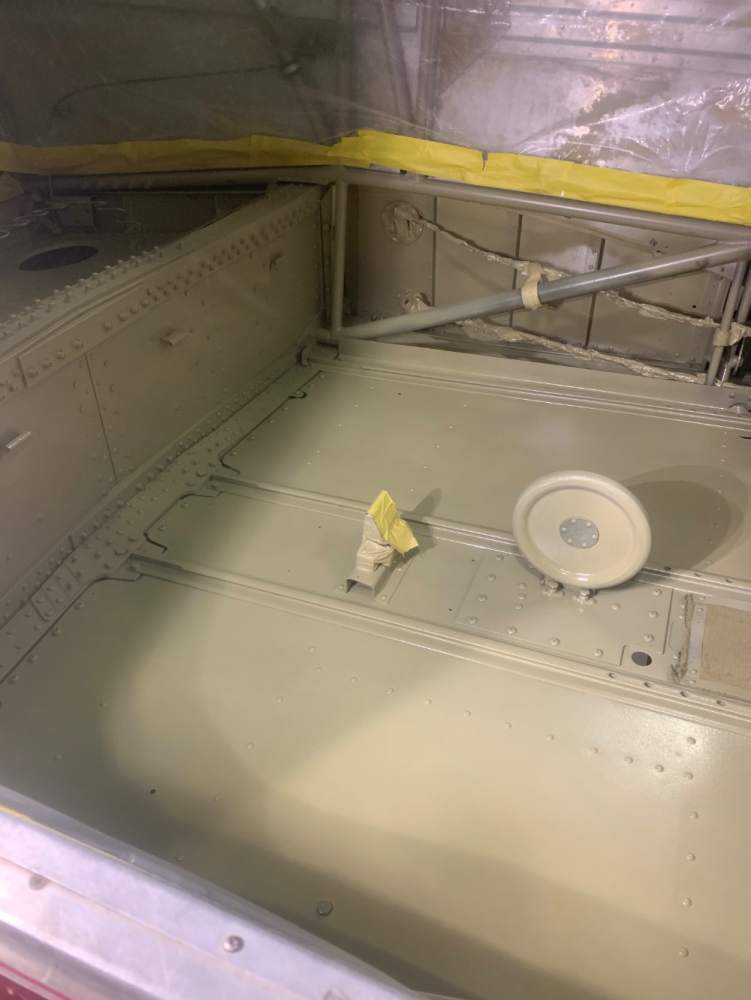
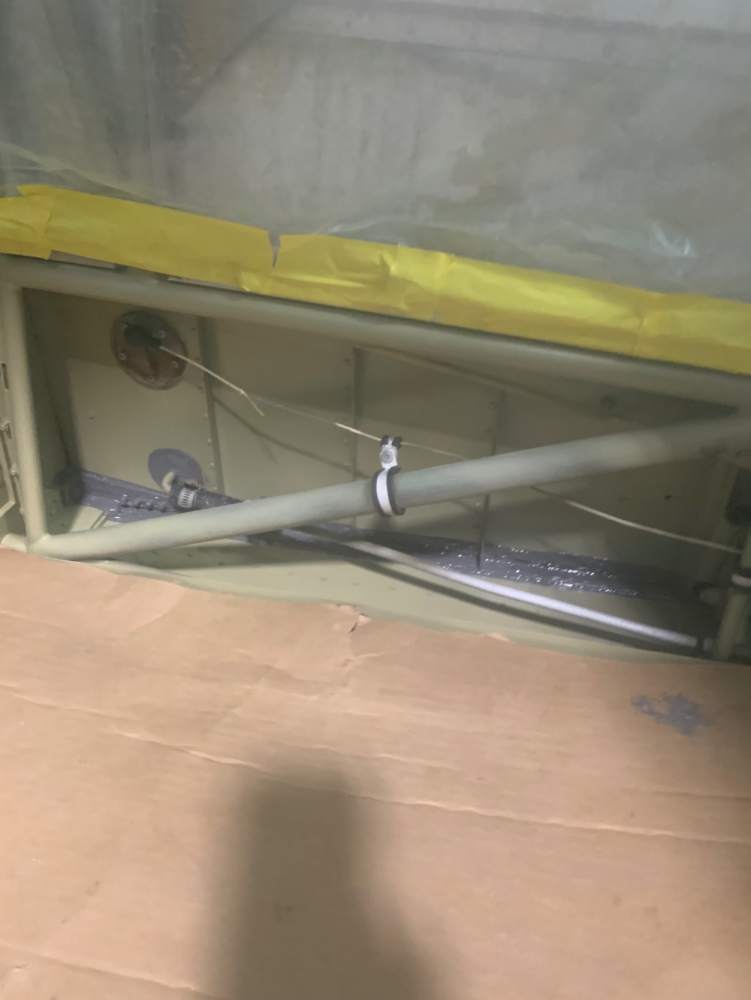
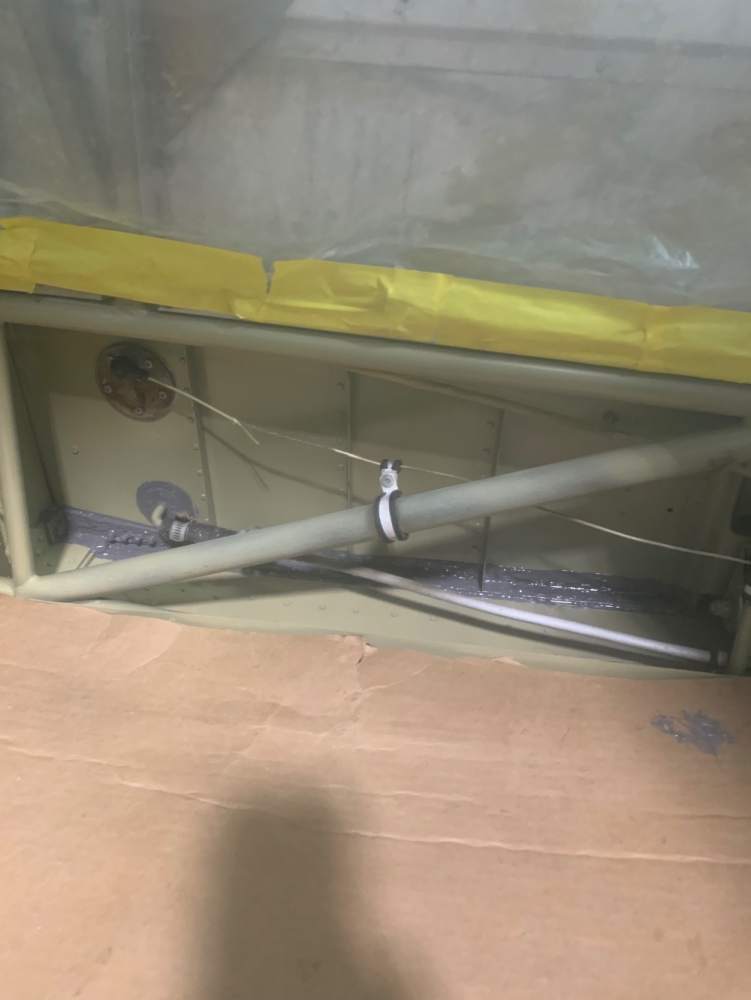

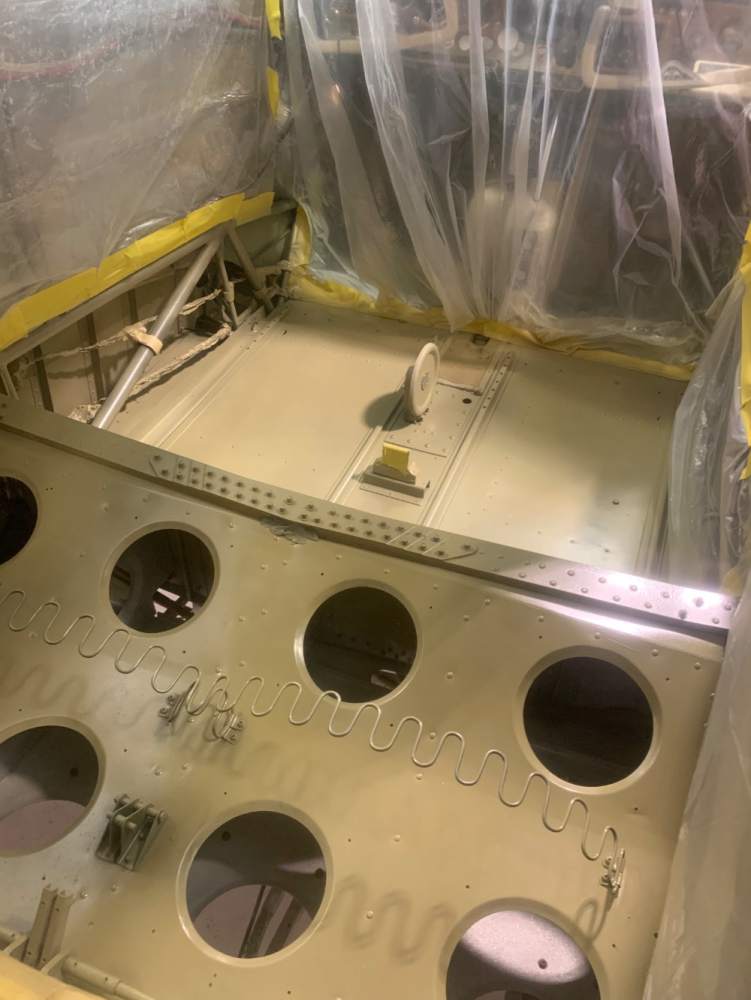


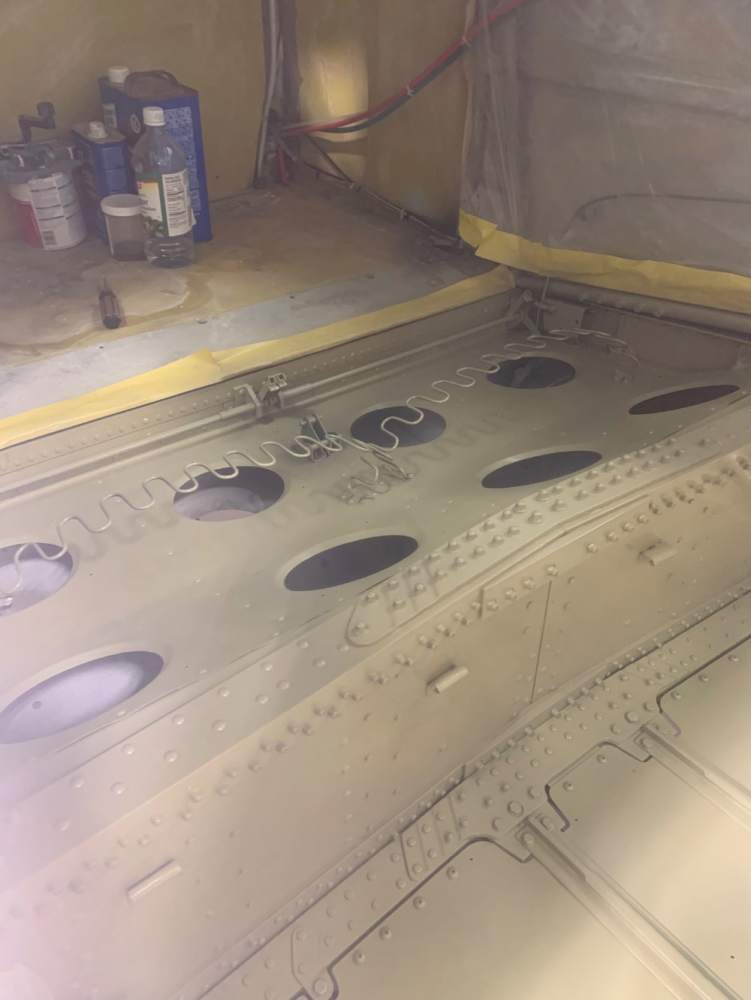
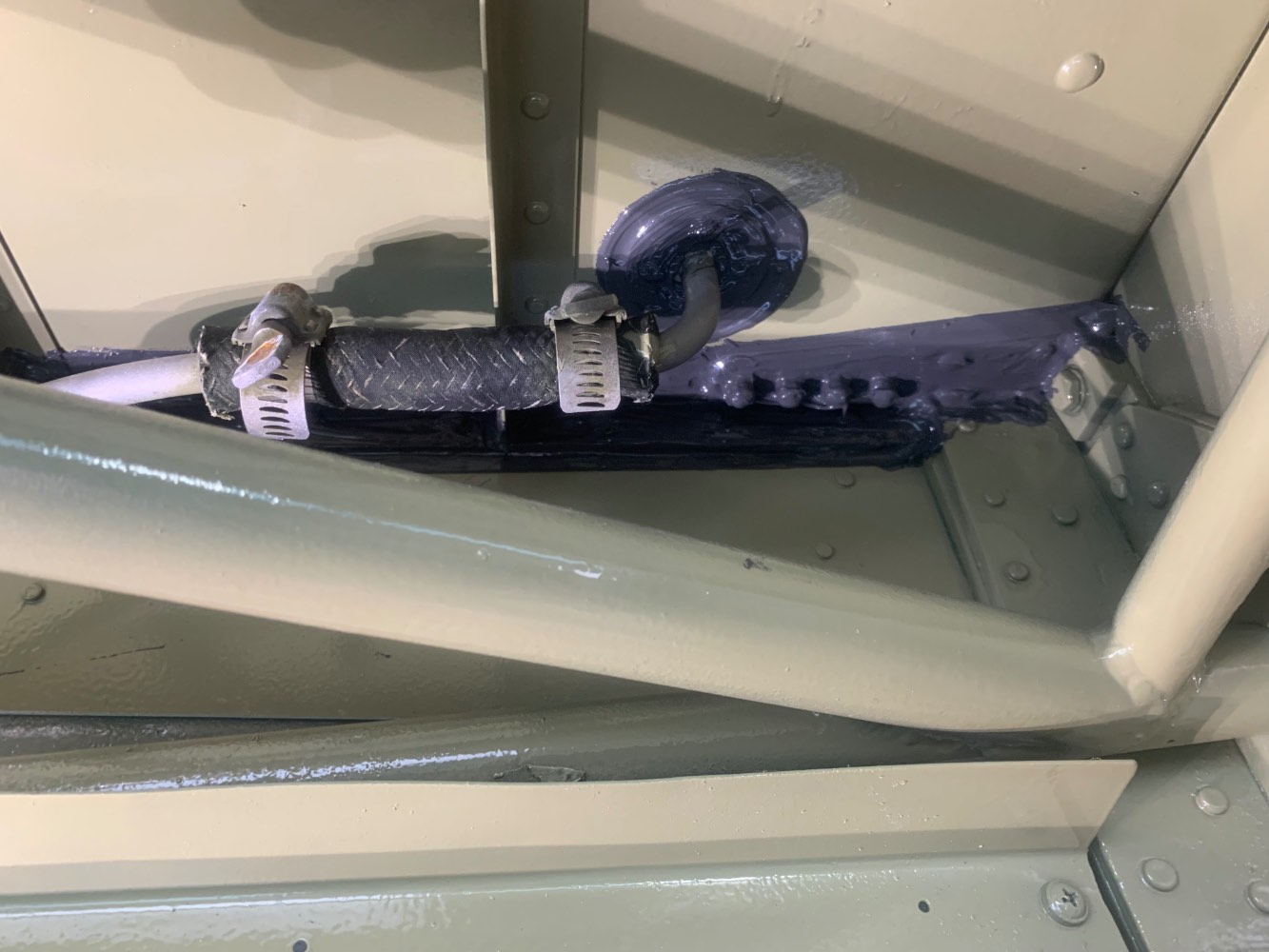

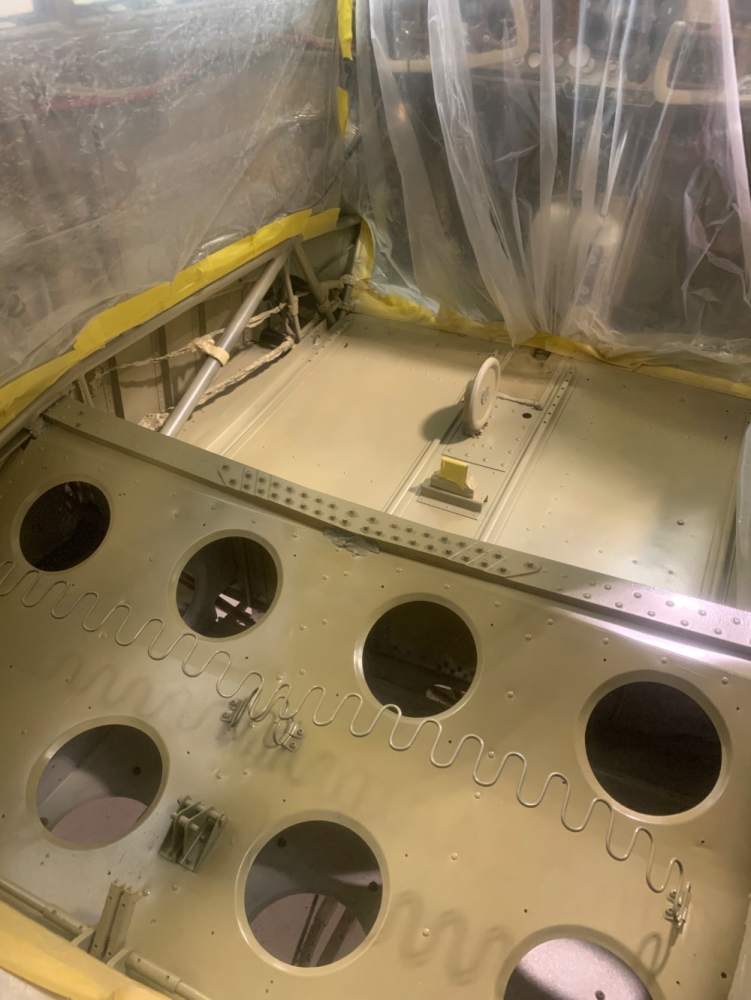
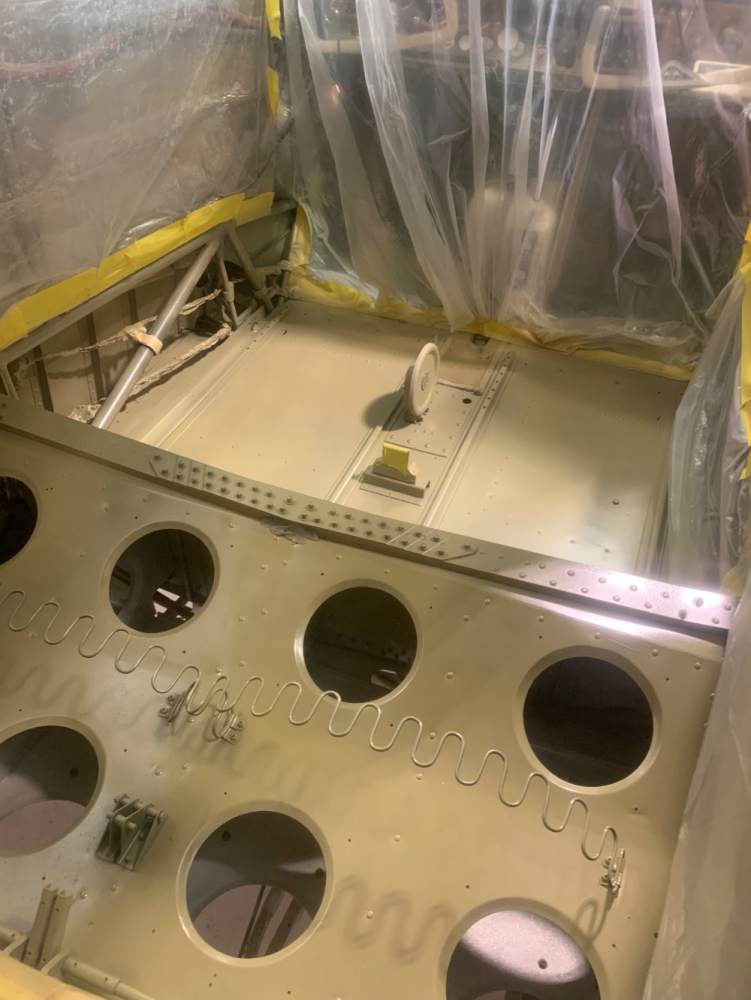


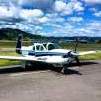
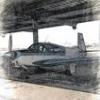
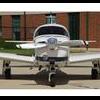

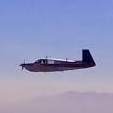
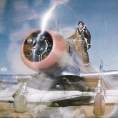
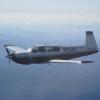
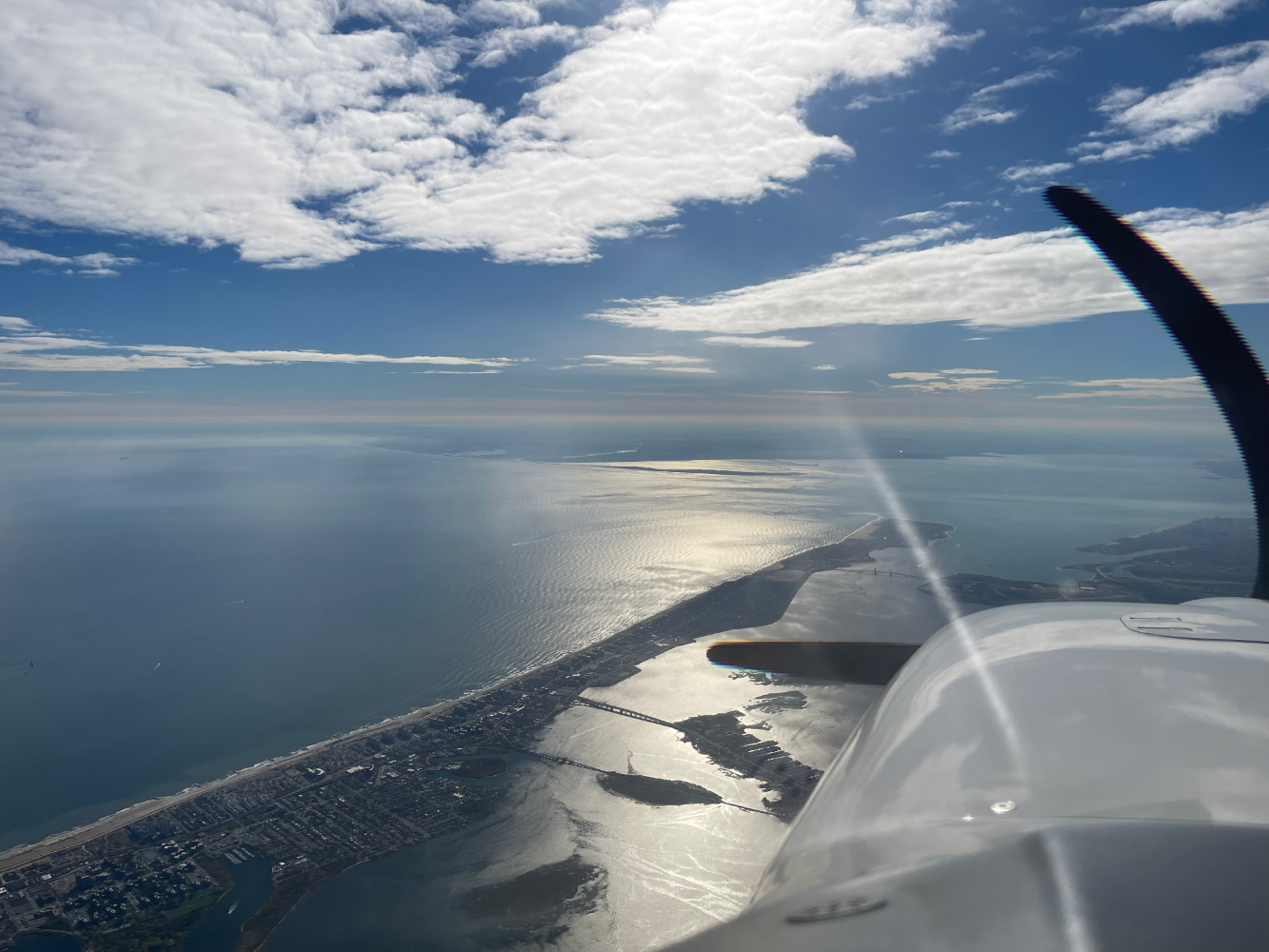


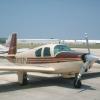
.thumb.jpeg.7ba106fbf2b10cba03047ba965aecd84.jpeg)
